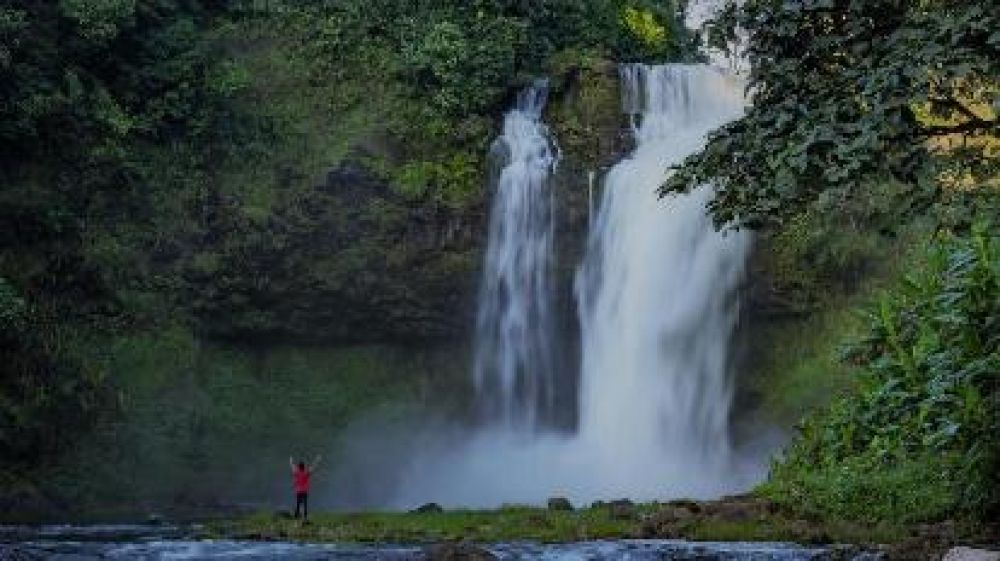

Nestled in the lush province of Champasak in southern Laos, the Tad Etu Waterfall is a breathtaking natural feature that has seen a steady increase in tourism over the years. Historically, Laos opened its doors to tourists in the late 1980s, with development policies that gradually encouraged foreign visitors to explore its untouched landscapes and rich culture.
Tad Etu, while not as initially well-known as other tourist spots in Laos, like the UNESCO World Heritage Site of Wat Phou or the Four Thousand Islands (Si Phan Don), has gained recognition for its serene beauty and tranquil surroundings. Tourists began to seek out Tad Etu as a quieter, more secluded alternative to the more crowded attractions, contributing to its rising popularity as a must-visit destination for nature lovers and adventure seekers.
Throughout the 1990s and early 2000s, eco-tourism began to take root in Champasak, with Tad Etu Waterfall standing as an exemplary location for those looking to immerse themselves in the natural splendor of Laos. By embracing sustainable practices, the local community has been able to preserve the pristine qualities of the waterfall and its surrounding jungle.
In recent trends, there has been a significant shift towards responsible tourism, with travelers becoming more conscious of their environmental impact and seeking authentic, local experiences. Tad Etu benefits from this trend, offering a perfect blend of eco-friendly activities and cultural engagement.
Additionally, the rise of social media has played a crucial role in raising awareness of lesser-known destinations like Tad Etu Waterfall. As visitors share their memories online, it increases visibility and allure for potential tourists seeking unspoiled natural wonders and off-the-beaten-path adventures.
Nowadays, visitors to Tad Etu can enjoy a range of activities such as hiking, swimming in the natural pools, and picnicking with a view of the cascading falls. The local tourism initiatives often focus on community-based projects, allowing visitors to participate in local workshops, guided walks, and village homestays, leading to a more intimate and responsible encounter with this beautiful corner of Laos.